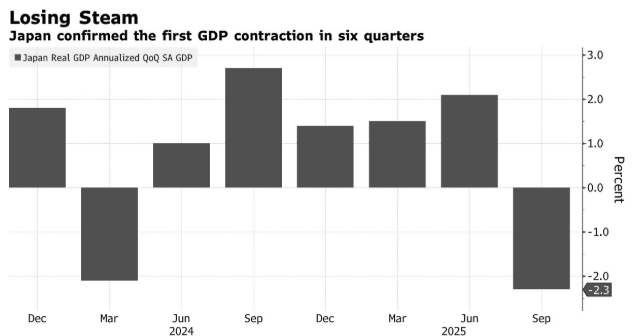Respondents to the New York Federal Reserve Bank’s monthly survey said that job seekers’ prospects have deteriorated sharply.
For those currently unemployed, the prospects of finding a new job within three months in August dropped by nearly 6 percentage points to the lowest level since the New York Fed began asking this question in 2013. This is also the largest single-month decline since the outbreak of the pandemic.
Data released on Monday showed that a previous employment report was weak, indicating that businesses added only 22,000 net new jobs in August. The revised figures also revealed that businesses cut jobs in June. The unemployment rate rose to 4.3%.
Traders have strengthened their bets that the Federal Reserve will cut interest rates at its September 16-17 meeting, a move that was hinted at by Fed Chair Jerome Powell in his speech at the Jackson Hole central bank annual symposium last month.
The rise in the unemployment rate partly reflects the number of people returning to the job market, but the number of permanently unemployed has risen to its highest level in nearly four years. The number of people unemployed for 27 weeks or longer has climbed to its highest level since 2021, and more Americans are choosing part-time work for economic reasons.
According to Challenger, Gray & Christmas, the number of layoffs announced in August was the highest for that month since 2020. The wave of layoffs in September has already begun. ConocoPhillips, the largest independent oil producer in the United States, announced on Wednesday that it plans to cut up to a quarter of its global workforce.
The Challenger report also shows that hiring plans decreased in August, while independent data from ADP Research and Revelio Labs indicate that job growth slowed last month. The Institute for Supply Management (ISM) indicators show that employment in both manufacturing and services has contracted in recent months.
At the same time, the median forecast for consumer price inflation over the next year rose slightly to 3.2%. This is the highest level since the US government announced tariffs on major trading partners in May this year.
Fed officials said that concerns are shifting from the inflation risks brought by tariffs to the weakness in the job market. Many businesses have postponed raising prices after stocking up on inventories at the beginning of the year.
Stable inflation expectations are a sign for policymakers that these taxes may only be one-off price shocks, even if they take several months to affect the economy. The New York Fed’s survey shows that consumers’ expectations for the inflation rate over the next three years remained unchanged for the third consecutive month at 3% in August, while expectations for the next five years hovered around 2.9%.
Policy makers will hold a meeting from September 16th to 17th, and most investors are betting that interest rates will be cut by a quarter of a percentage point.
The New York Fed said that the dim job prospects for job seekers are widespread across all age, education and income groups. However, this phenomenon is most pronounced among those who have only graduated from high school.
Consumers’ views on the outlook for their financial situation have also deteriorated. The proportion of consumers who say their financial situation is worse than a year ago has risen, and the proportion of those who expect their financial situation to worsen in the future has also increased. Expectations for obtaining credit in the future have worsened, and at the same time, the possibility of being unable to make the minimum repayment in the next three months has risen.
Consumers now believe that the possibility of an increase in the unemployment rate over the next year is higher. Their expectations regarding the likelihood of being unemployed or voluntarily leaving their jobs next year have not changed significantly.


